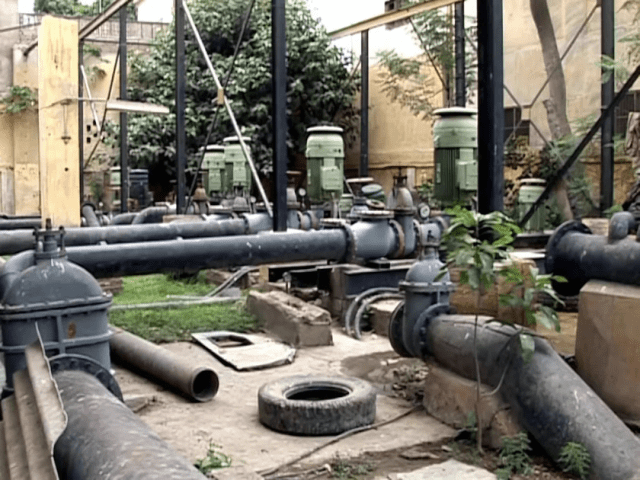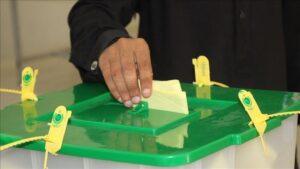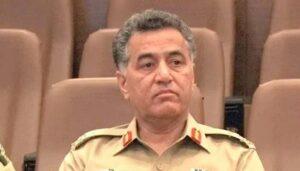Karachi’s water supply has been severely affected after a power outage led to an explosion at the Dhabeji pumping station, causing two major pipelines to burst.
A 72-inch diameter pipeline (No. 5) reportedly burst, stopping water supply to several areas of Karachi, Express News reported.
These include Landhi, Korangi, Shah Latif Town, Korangi, Town Ship, Gulshan-e-Iqbal, Gulshan-e-Hadeed and Malir among others, which are now facing severe water shortage.
The Power Division took note of the incident and instructed K-Electric to take immediate steps to restore electricity supply to the pumping station.
A Power Division spokesperson stated that water supply to Karachi must be resumed at all costs, emphasizing the need for K-Electric to improve the water supply system and avoid similar incidents in the future.
Meanwhile, a K-Electric spokesperson assured that power supply to all major pumping stations, including Dhabeji, is functioning normally.
The brief outage at the pumping station has now been resolved and the K-Electric team is in communication with Water Board representatives to ensure smooth operation.
Furthermore, delays in lining work on the B-Feeder canal have sparked fears of a looming water crisis in Karachi, while experts warn of further setbacks to the already delayed K-IV water supply project.
According to Express News, the K-IV project, aimed at improving Karachi’s water supply, involves a significant investment of Rs 40 billion by the federal and Sindh governments. The plan is to increase the capacity of Kalri Baghar feeder, which takes water from Kotri Barrage.
The project is expected to be completed in 2027, with an extension of 36 kilometers and 190 exits. However, the irrigation department stopped work on the feeder for 23 days, from December 20 to January 13, and progress has been much slower than expected.
During this 23-day period, 45 sorties covering eight kilometers were expected to be completed, but only 25 sorties (five kilometers) were partially completed. This delay is worrying, especially considering that the World Bank had placed a condition that the feeder capacity be increased before funds could be released for the K-IV project.
Currently, the B-Feeder canal can discharge 7,600 cusecs of water, but once the project is completed, its capacity is expected to increase to 9,800 cusecs.
Following another requirement from the World Bank, the irrigation department was directed to complete the project by 2026, ahead of the original deadline of 2027, as the project director requested an additional Rs 14 billion in funding to speed up the work.
In response, the Sindh Chief Minister wrote to the federal government to ensure timely funding, hoping that the required amount will be allocated in the next 15 days.
However, experts express discontent over the slow progress and fear that the project will not be completed on time.
Meanwhile, the appointment of the project director has been challenged in the Sindh High Court, adding to the uncertainties surrounding the timely completion of the project.




